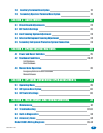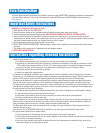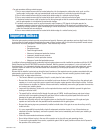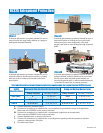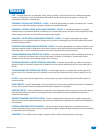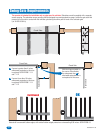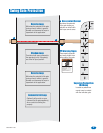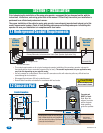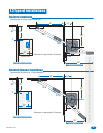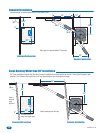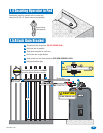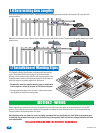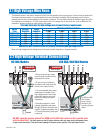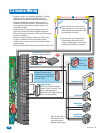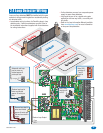
10
6500-065-K-7-08
SECTION 1 - INSTALLATION
Prior to beginning the installation of the swing gate operator, we suggest that you become familiar with the
instructions, illustrations, and wiring guide-lines in this manual. This will help insure that your installation is
performed in an efficient and professional manner.
The proper installation of the vehicular swing gate operator is an extremely important and integral part of the
overall access control system. Check all local building ordinances and building codes prior to installing this
operator. Be sure your installation is in compliance with local codes.
1.1 Underground Conduit Requirements
1.2 Concrete Pad
• The conduit requirements are for a typical swing gate operator installation (the secondary operator is shown for
those applications where a secondary operator may be used). The conduit requirements for your application may
vary from this depending on your specific needs.
• Use only sweeps for conduit bends. Do not use 90° connectors as this will make wire pulls very difficult and can
cause damage to wire insulation.
• We suggest that minimum 3/4-inch conduit be used.
• Be sure that all conduits are installed in accordance with local codes.
Low Voltage Control and/or P.A.M.S. Wires
Primary/Secondary Interconnection Cable (Dual Operator Application Only)
Loop Lead-In Wires
High Voltage Power
Sweeps
Concrete Pad
3/4 Inch Minimum
Primary
Operator
Position
Secondary
Operator
Position
Underground depth of the concrete
pad is determined by soil conditions
and local building codes. Reinforced
concrete recommended.
22” Concrete Pad Width
28” Concrete Pad Length
Concrete pad
MUST be level.
Note: Bevel the
edges of concrete
pad to eliminate
water puddling
under the operator.
4” minimum
31”
Conduit Area
Conduit Location
Back-up
Motor
Plate
Electronics
Box
4”
10”
22”
Approximate
Conduit Position
CAUTION
NEVER REMOVE HUB
after manual release.
5”
13”
5.5”12.5”




